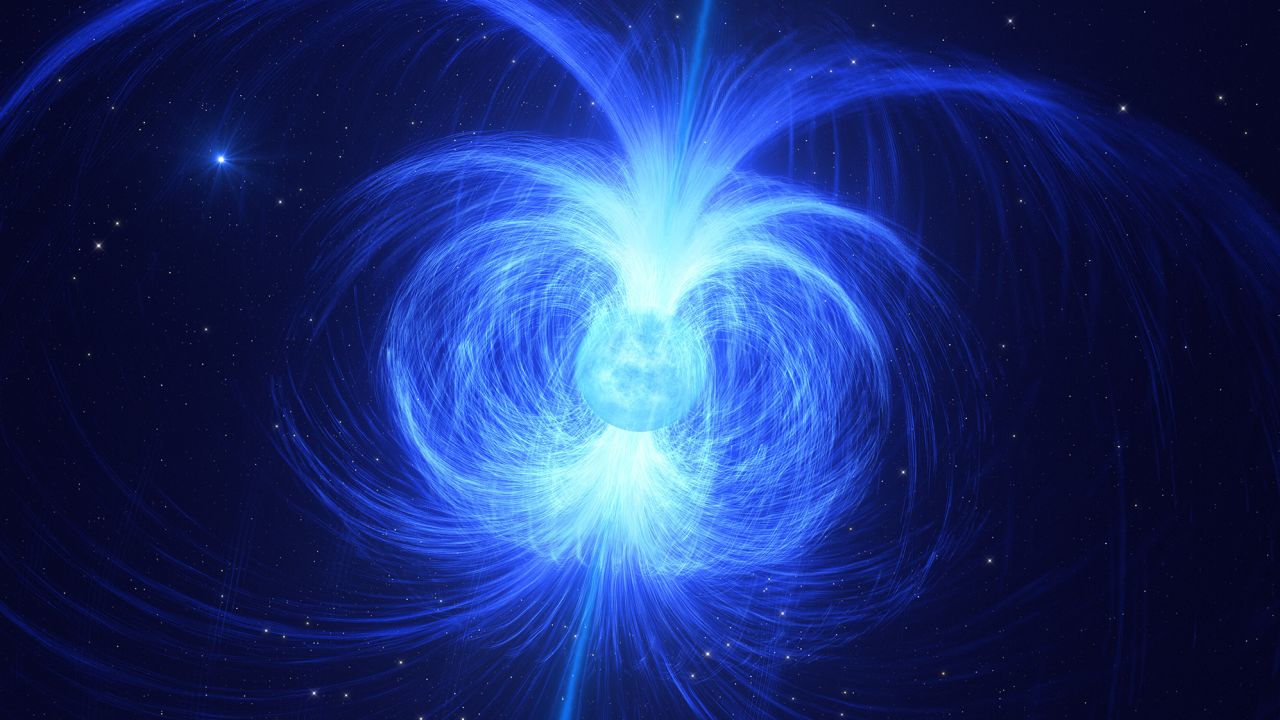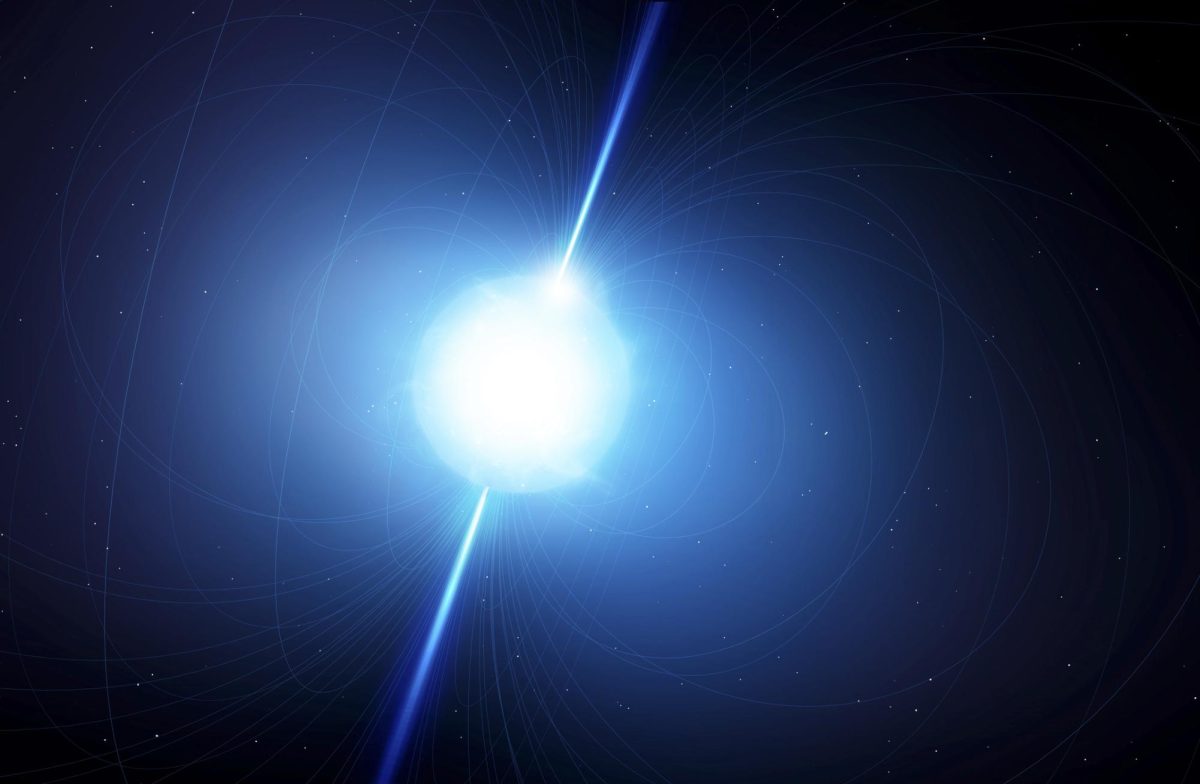Look into the night sky and what do you see? The universes’ collection of stars, perhaps some planets as well. But go further into outer space, and you will see a blinking light. Time it well, and you will see the same light every 20 minutes. Spooky?
And for those of you who are thinking “aliens”, no don’t get your hopes up because that’s not the answer…yet.
This phenomenon has been present since 1988, but was only discovered in January of 2022 by accident. Scientists have named the source of the light “GPM J1839-10”, but still are puzzled as to what is causing this. What separates this from “common” flashing lights in space is that it does not follow usual patterns.
Many have compared it to a neutron star, and of two kinds; there are pulsars and magnetars. A pulsar is a neutron star with “magnetic fields that spin rapidly and produce radio beams at their poles”, causing the beams to flash every millisecond, Explorers Web.

The second option, a magnetar, produces bursts from within and outside our galaxy, but only lasts for a small amount of time. If it were a magnetar, “it shouldn’t be possible for this object to produce radio waves”, says study lead author and astronomer Natasha Hurley-Walker.
Finally, there is a magnetized white dwarf; white dwarfs are the pieces left over of long-dead stars but unlike neutron stars, they rotate at speeds that could match the 21 minute occurrence. The only issue is, no one has ever documented any sight of them creating bright radio beams.
Hurley-Walker is hopeful about the effects this unknown object could have on scientists’ understanding of “neutron stars and magnetars.”





















M Dixon • Oct 13, 2023 at 9:04 am
I don’t want to say it’s aliens…
…but it’s aliens.